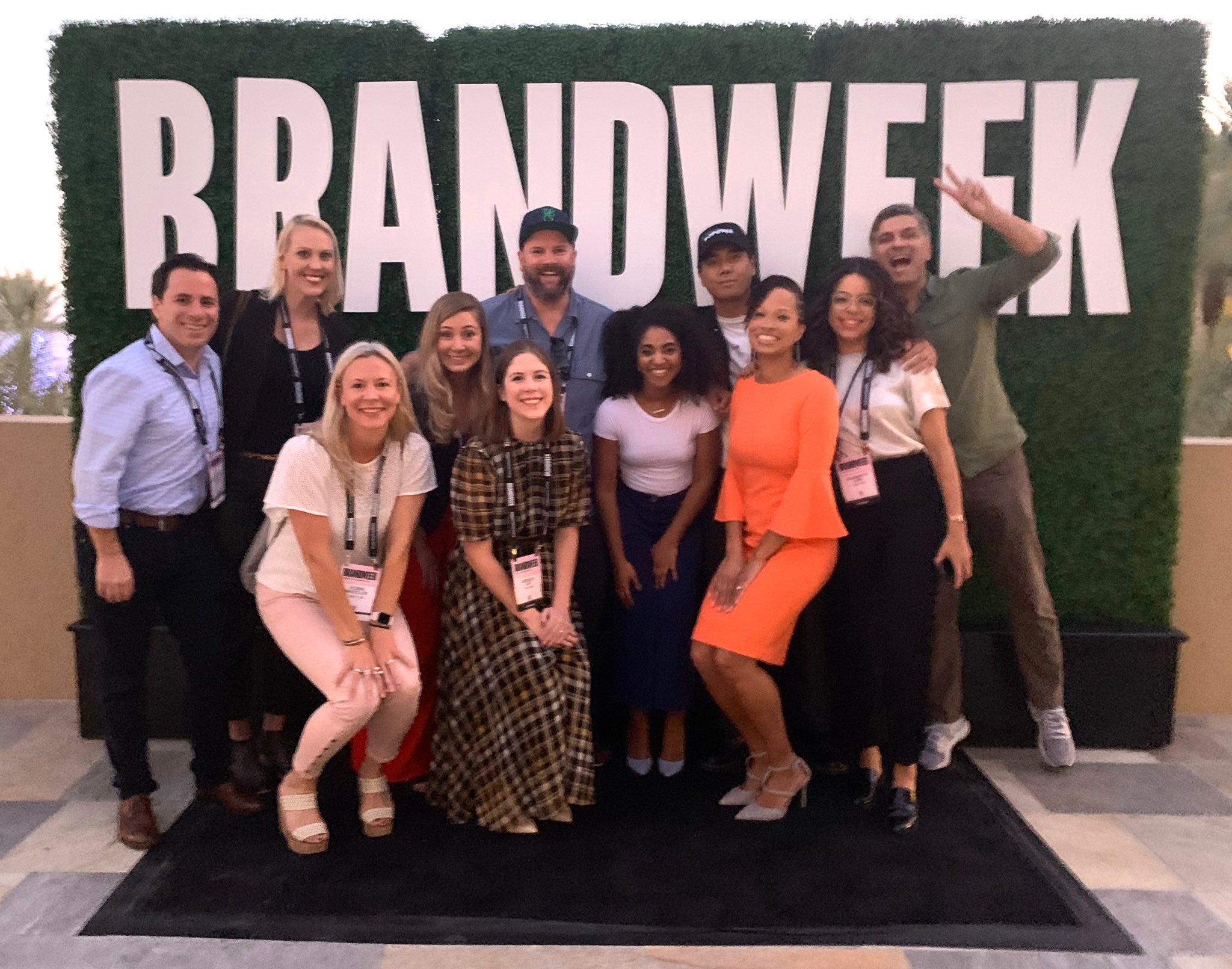
Popeyes may have come out the unofficial winner of the Chicken Sandwich Wars of 2019 after sparking a viral social media campaign—featuring iconic clapbacks against Chick-Fil-A and Wendy’s—and other conversation starting tweets.
However, to hear the social media strategists behind the Popeyes account tell it, it was Black Twitter’s influence and reach that really helped drive the buzz behind the moment and turned it into something else…even before the viral “y’all good” tweet.
“The unprecedented thing is that usually when clients do market tests for a product, it doesn’t usually translate to social, but [the chicken sandwich] did. So, people were organically already talking about it. And we noticed that months ago before we even launched it nationwide,” Angela Brown, a social strategist at GSD&M and one of the brains behind the viral tweet told ESSENCE.
People, including the good folks of Black Twitter, were already bringing up the chicken sandwich in everyday Twitter conversation, she explained.
“We’ve known that Black Twitter is a really big part of our community…they are such amazing creators and they’re really, really funny…and so we weren’t really shocked by the types of tweets we were getting. We were mainly entertained and wanted to engage with them,” Randy Romero, the Associate Director of Social Strategy with GSD&M and the other half of the duo added. “I think when it started getting really surreal in terms of the cultural impact was when celebrities and athletes started getting involved in the conversation. But I mean that ripple effect completely started from Black Twitter.”
Part of the success of this tweet has to do with the team’s strategy of paying attention to trends and what’s going on around them, while also being mindful of the Popeye’s brand’s voice and remaining true and authentic to it.
“The brand is not me,” Brown explained. “The general persona of Popeyes is the Southern voice. It’s from New Orleans. It’s that joyful, friendly, tone of voice and there’s a healthy amount of shade in it just because of the nature of how we like to operate on social a little bit. Part of my job is understanding the culture and making sure the brand is remaining relevant.”
“What I tend to do, and Randy does this along with me, is bring in anything we see happening online, any trends that are happening, anything within culture in general and then Black culture, specifically, that we see is really doing well and could work for the brand,” she added.
While it’s critical that Popeye’s is educated on what’s happening within the community, that doesn’t mean that GSD&M encourages the brand to jump on everything and anything—something they say would for sure stress out their client. But they do want to make sure that the brand keeps up on a cultural level, and, most importantly, knows and appreciates the audience that is helping to elevate them, something Brown pointed out while on stage during a panel at Brandweek 2019.

“Black Twitter made this whole thing happen. There is no way in for a brand to follow any blueprint that gets to Black Twitter. That’s not how that works,” she explained to ESSENCE, breaking down her points from the panel earlier this month. “We are a fortunate enough brand to have an audience as influential and creative as they are, that follows the brand and [supports] the brand and contributes to it creatively. It’s important to give them their due, because they do not always receive that.”
There is also, of course, a balancing aspect to be done as well, because as people try to be “in” and “down” with the culture, sometimes they go way too far, doing the utmost in a way that just ends up turning off the very audience they are hoping to engage with, coming off as appropriating language and being culture vultures.
“There are a lot of brands on social that do the most in terms of jumping on everything,” Romero pointed out. “They try and sound a certain way and we definitely just try to stick with Popeye’s tone of voice on social.”
“There’s a lot of history in brands taking what people contribute from Black Twitter and running with it on a brand that doesn’t have any proximity to Black culture, no history with them, none of that,” Brown added. And so we’re very careful to honor the fact that this brand is in New Orleans and New Orleans is influenced highly by Black culture.”
The bigger part of the message, both for Brown and Romero, is not only knowing your audience and keeping it real. It’s also important that a brand’s audience—and the people they are hoping to connect with—are represented in their team.
“Angela and I work in the advertising industry and I think one awesome take away from this case study or story is that when you let people of color…into the creative industry, it really opens up a lot of opportunities for brands,” Romero said. “So one thing that Angela and I are always advocating is pushing the boundaries in terms of being more inclusive for this industry.”
Brown is quick to agree with Romero’s statement, adding, “You don’t get these moments without people in the room who look like the communities you want to speak to.”
